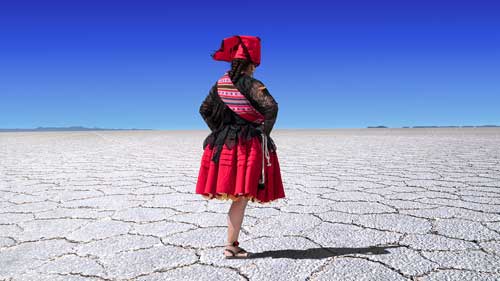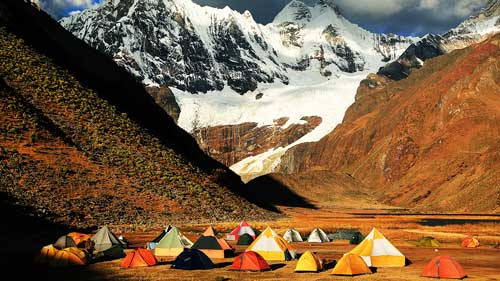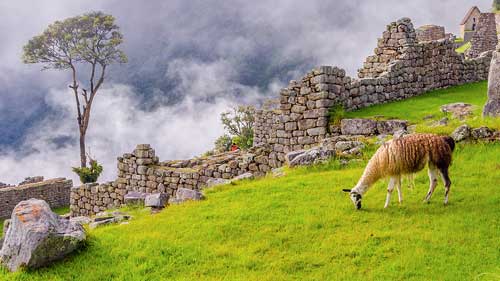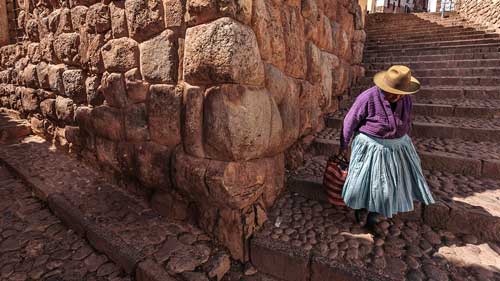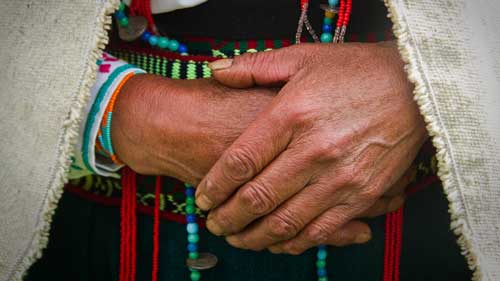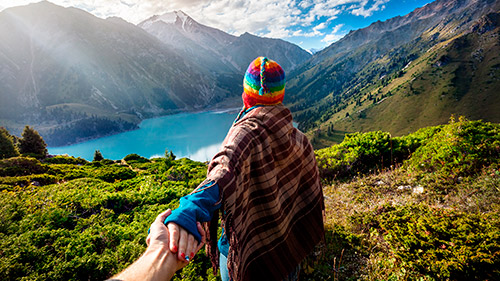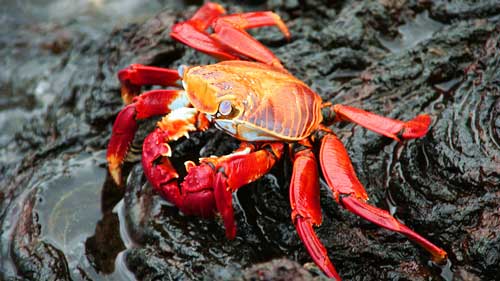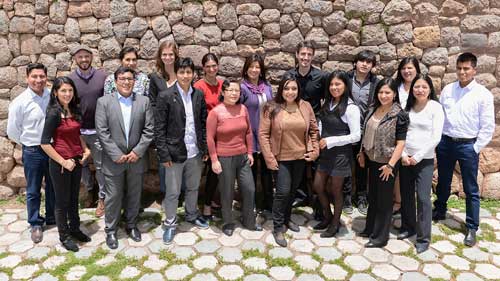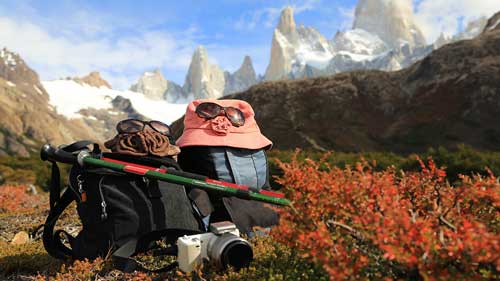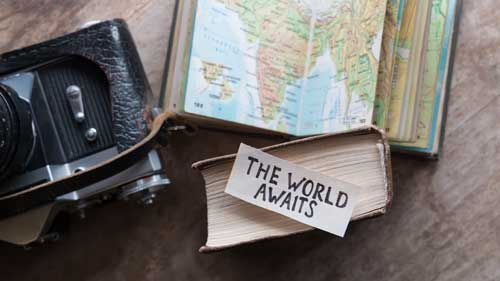What is the local currency and how can I change money?
CURRENCY
- Peru: the Nuevo Sol. Some hotels, larger tourist-focused stores and restaurants do accept US dollars, but in markets, supermarkets and for smaller items, you will need to use the local currency. Try to make sure bills you receive as change or when changing money are complete with no rips or tears as some providers reject torn bills.
- Ecuador: the US Dollar. Try to ensure you have smaller bills ($1, $5, $10 and $20) as many places do not like to change bigger bills ($50 and $100). Some coins are different to US coins, so don’t be alarmed, and check with your guide if you are unsure. Make sure bills you bring with you are in good condition.
- Bolivia: Very few places accept the US dollar, so it is always necessary to change dollars to the local currency, but it is very easy to do so.
CHANGING MONEY
- You will always find better exchange rates in-country than trying to do so outside. If you want to have some local currency with you on arrival, change only a small amount in your home country or at the airport.
- In both Bolivia and Peru, exchange rates are much better in the exchange houses (or on the street in Bolivia) than in banks.
- Any dollar bills that you want to exchange must be in pristine condition as otherwise they will be exchanged for a lower rate or rejected. $1 bills are generally not accepted or exchanged well below the going rate.
- Check any money that you receive carefully for any rips and tears as well as for validity. False bills are relatively common in both countries.
USING CREDIT AND DEBIT CARDS
- In the majority of places you are visiting (including all larger towns in the Sacred Valley, Aguas Calientes and even Uyuni) there are cash machines from which you can withdraw cash from your account at home. You can withdraw in either dollars or the local currency. Sometimes withdrawing dollars has reduced charges (check with your bank).
- Many hotels and larger restaurants and stores (or those parts of groups/chains) will accept payment by credit card.
Are tips included and if not, how much is expected?
Tips are not included in your price. Tipping is not obligatory in Peru, Ecuador or Bolivia but is a kind gesture, gratefully received, when you feel the service merits it. Tipping taxi drivers is not customary, but people often tip guides, drivers, waiters and hotel staff. You can tip larger amounts (e.g. $10 upwards) in US dollars, but smaller amounts should be in local currency, otherwise the person you are tipping won’t be able to change them. Please make sure that any bills you give are in good condition. Since your guide and driver will be with you for the duration in each location, you may wish to tip at the end of your time together instead of each day.
There is more detailed information in the Preparing for Your Travels Document.
What other expenses might I incur during my trip?
Quotes usually include internal flights, accommodation for each night, all breakfasts, some other meals, entrance tickets, transport and guide services for included tours. Water will also be provided in the vehicle and most hotels. Assuming that these things are included, some examples of additional expenses are:
- Restrooms (usually s./0.50 or s./1)
- Additional water (s./1.20 per 500ml), snacks, soft and alcoholic beverages
- Meals not included (In Peru you can find meals from s./6 for a lunch ‘menu’ to $150 for a 10 course tasting menu and everything in between! A decent meal will usually cost between $20 and $40 per person)
- Tips (see above)
- Souvenirs (anything in the range of a few soles for a woolen llama keying to hundreds of dollars for silver work and high-quality textiles)
- Laundry (most hotels offer laundry facilities, each with their own tariff. If you want a cheaper (and possibly less reliable) option, there are many laundries offering services throughout the cities; your host/guide can help you with this)
- Taxis to get to restaurants or on free days (under s./10 in Cusco and usually between s./10 and s./30 in Lima, depending on where you’re going)
- Any tours or entrance fees to attractions not specified in your itinerary
- Visa fees (usually paid before entry, but in the case of Bolivia, US and other citizens can ´pay at the border)
- Entrance fee to the Galapagos Islands National Park (payable in cash on entry at the airport)
There is more detailed information in the Preparing for Your Travels Document.

